China-Burma-India (CBI) theater of the World War II is a forgotten history, just like many other stories from a remote corner of India. After India gained independence in 1947, the political and social equations in the North East India had changed rapidly. The rest of India became so familiar with the stories of insurgencies in North Eastern States for the prolonged years, and the people had forgotten a great battle theater of the World War II. The stories vanished, but memories were always there in the form of few cemeteries, a ghost road and a hell gate. It was the legend of Ledo Road that pulled me towards the small town of Ledo in a relatively remote corner of Assam near India-Myanmar Border.
I started my journey from Guwahati, the capital city of Assam. My car rolled down on the national highway towards Nagaon and 3 hours were passed without any significant event. Soon, the 4-lane highway turned in to an under-construction road and the traffic was moving from both the direction without any divider. My speed was slowed down further as I passed through the famous Kaziranga National Park, where number of animal crossing corridors cut down the speed limit to 20 kms per hour. Beyond the road, paddy fields were stretching for the miles with small villages at regular intervals.
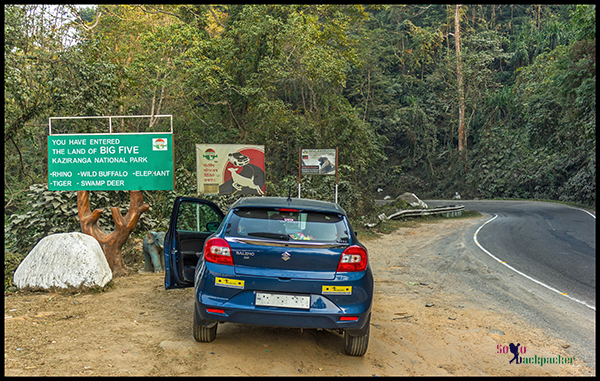
After crossing the national park, we entered in the world famous territory of the tea estates in Assam. From area around Jorhat to Sivasagar to Digboi to Ledo to Jairampur and then on the northern bank of Brahmaputra, wherever I travelled in Assam, I was welcomed by the tea plantations at regular interval (Read Here: Tea Gardens In Doom Dooma and Dhola-Sadiya Bridge) Built during the British Era, somewhere in 1800s, the tea estates remain majestic even today. Many of them are really huge, covering thousands of acres of land with waist-tall, green-leafed bushes in perfect rows.
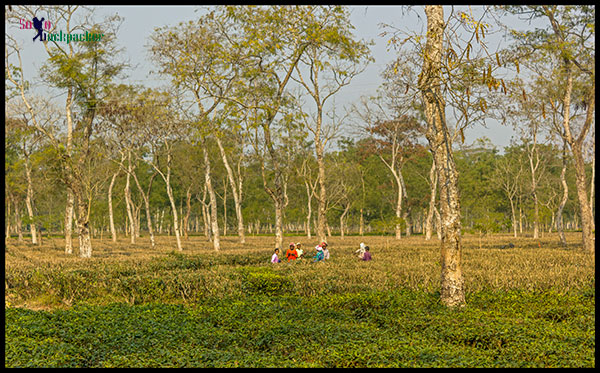
After a night halt at the ancient Ahom capital city, Sibasagar, I continued my trip towards the Ledo Road. I passed through the oil city of Digboi (Read About Digboi:The Oil Town Of Digboi) and reached to the Coal Queen, Margherita. The Ledo Road actually starts beyond the town of Ledo, but my journey on Ledo Road actually starts from Margherita.
1. Margherita, The Coal Queen: The first thing that come in the mind after hearing the name of this town is that why is it known as Margherita? It is interesting to see a town bearing an English name in a remote corner of the country. Before the arrival of the British, the town was known as Ma-Kum (Adobe of all tribes). The name of Margherita is derived from the celebrated British Doctor John Berry Whites’ lovely daughter Margaret who died in most tragic circumstances in the wilds of this area in the late seventies of the nineteenth century.
There is another story also behind the name Margherita. In 1880, while constructing a railway bridge across Dihing River for the Assam Railways & Trading Company Ltd, the leader of the construction team, an Italian Engineer, Chevalier Roberto Paganini, out of patriotism, renamed the town in honour of Queen Mrgherita Maria Teresa Giovani, the reigning Queen Consort of Italy.
Margherita is a beautiful town, surrounded by hills, tea gardens, forest and the Dihing River. Over the years, it became a major production center of the black diamond, The Coal; much of the development took place during the British era. It is still one of major center for coal production in the country.
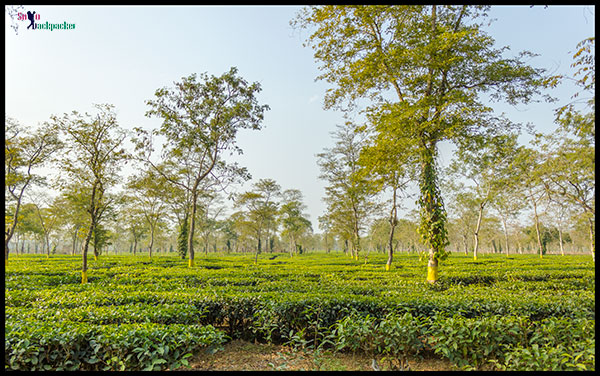
In front of the railway station, on the main road only, there is a Coal Heritage Park and Museum, an interesting attraction of the town. The coal museum contains the photographs and models of various locomotives, practice of coal mining, underground mining tools and equipment like underground telephones, mining boots, cap lamps, shovels and other tools of mining. The museum is a great place to learn the history of the coal mining in Margherita-Ledo area.
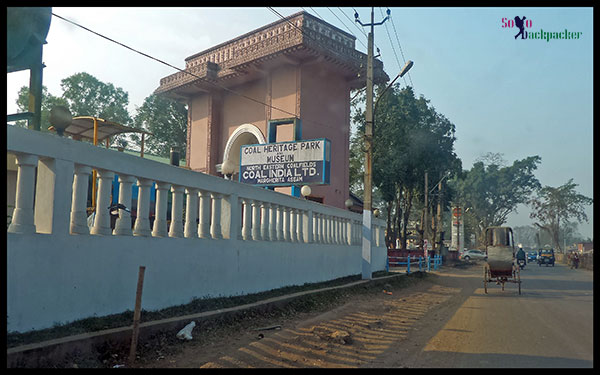
2. Ledo, Beginning of The Stilwell Road: Ledo is another coal town, just 8 kms ahead of Margherita. The small town of Ledo was the epicenter from where all the stories of the ghost road started during the World War II. Initially, the road was named as Leod Road after the name of Ledo Town. Later, it was renamed as Stilwell Road, in the honour of U.S. General Joseph Stilwell, who proposed the idea of the road. On the peak of its glory, Ledo was a major transportation hub for the Allied Forces to continue their supply line to the forward bases in India, Myanmar and China against the Japanese Forces.
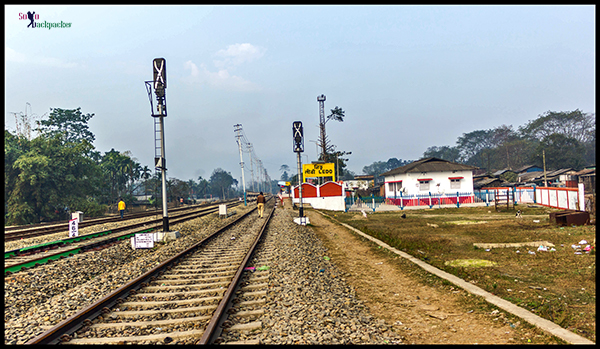
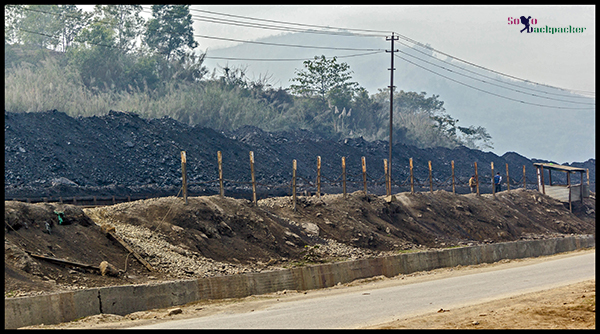
Story of The Ledo Road: During the World War II, Japanese forces captured the major part of Burma and blocked the major portion of Burma Road. Most of the eastern coast of China and its sea ports were already occupied by the Japanese and thus all the land as well as sea supply routes to China were blocked. No routes were available to continue the supply of Men and Materials to the army of Nationalist Chinese leader Chiang Kai-Shek, who was fighting a war against the Japanese. US Army was a friendly supplier to the China that time. Due to the blockage of land and sea routes, US Army tried to continue their supply by air from the air bases in Assam, India. The air route required the pilots to fly over 15,000 feet high mountain ranges of the Himalayas, known as The Hump. During those days, navigational charts were not so accurate and the flights in propeller planes were not so smooth. Almost 607 hump fliers were lost, making it a dangerous supply route to China.
Then, General Stilwell, famously known as, Vinegar Joe, floated the idea of a land supply route from Ledo in India to Myitkyina in Burma and connecting it to the Old Burma Road for onward travel to China. After completion, the proposed route was supposed to provide an all weather access from Ledo in India to Kunming in China.
The U.S. spent almost $149 million to build the Ledo Road and it took a little over two years to build. More than 28,000 Americans and 35,000 Asian workers participated in building the almost impossible 500-miles road project, through the obstacles including landslides, man-eating tigers, swarms of bugs, leeches and mosquitoes, vertical jungles and 150 inches of rain in the three month rainy season. Two 4-inch fuel pipe lines were laid side by side and followed along the Ledo road from Tinsukia, Assam to relieve the road and air traffics of carrying fuel from India to China. They were fed by gasoline pumped from Calcutta to a station near their starting point. The road building engineers and workers struggled day and night to complete the project as soon as possible. The Ledo Road was nicknamed the “man a mile road” for the frequency in which the workers died. Hundreds were killed by the Japanese attacks, mainly from snipers and mortars. More were killed from disease and starvation than from fighting. They included the people from India, U.S.A., China, England, Africa and also from Japan.
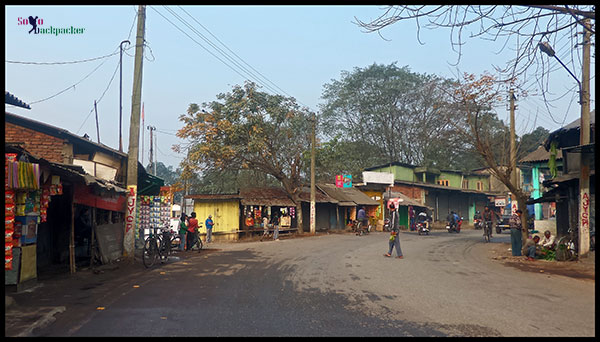
Not longer the road was finished and first convoy reached to the city of Kunming, two atomic blasts ended the war with Japan, and the hard-won road project was soon abandoned to the rain forest, landslides and marshy lands. Later, The road was renamed the Stilwell Road in honour of General Joseph W. Stilwell at the suggestion of Chiang Kai-Shek.
Present Day Status of Ledo Road (Stilwell Road): The old Ledo Road is now the National Highway 315 within the Indian Territory and more famous as Stilwell Road. Within India, the Ledo Road is a two lane road in an excellent condition upto Nampong. I did not find any bad stretch from Ledo all the way to Nampong. In fact, the road is all good upto the Pangsau Pass. I am not aware of the road condition in Myanmar beyong the pass.
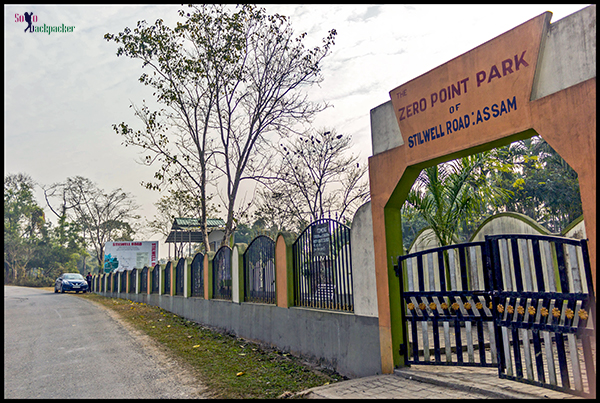
Present day Stilwell Road starts from the coal town of Ledo, passes through the dense forest of Patkai Hills, enters in Myanmar through Pangsau Pass ( or the Hell Gate), continues towards the Burmese city Myitkyina and finally ends at Kunming in the Yunan province of China. The road traverses through the distance of 1726 kms, 61 kms in India, 1033 kms in Myanmar and 632 kms in China.
3. Lekhapani, Railways Last Frontier in North East India: Lekhapani is a small village surrounded by an Army Cantonment. Moving on the Ledo Road, nothing interesting is there about Lekhapani, until you notice a particular signboard marking the historical significance of Lekhapani, in the middle of nowhere. The board described Lekhapani as the Eastern most railway station of India. It was a major coal loading terminal of the meter gauge network of North East Frontier Railway. The last train passed over the Lekhapani station on Feb 17, 1993. Now, Lekhapani railway station is completely abandoned and Ledo is the last railhead for the railway network in the North East India.
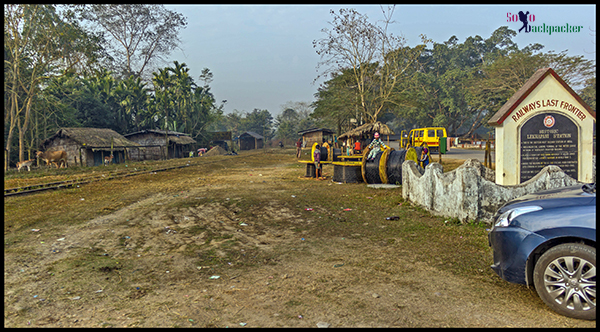
Adjacent to the signboard, the railway track at Lekhapani station is still visible in dilapidated state. The yellow board of Lekhapani station is also there hidden behind the huts encroaching the railway land near the railway line. Few kids were playing at the vast ground near the station, but none was aware about the historical importance of Lekhapani.
4. Jagun: Jagun is a small town in Assam on the Stilwell Road. Nothing significant is there from the tourist point of view, but in case of non-availability of accommodation in Nampong or Jairampur, you can try your luck in this town.
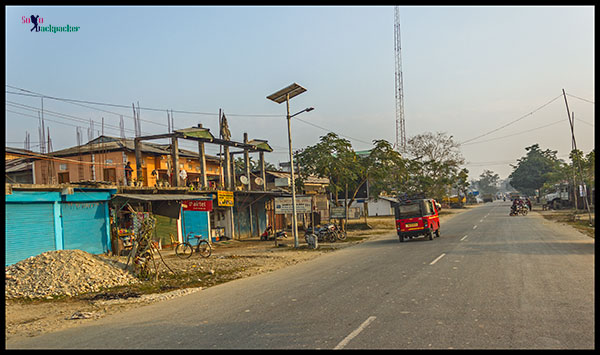
5. Jairampur, Entry Gate to Arunachal Pradesh: Jairampur Check Post is the entry point of Arunachal Pradesh on the Ledo Road. At the police barrier, police personnel check the Inner Line Permit and then make an entry of the vehicle in a register before allowing you to proceed further. Few meters ahead of the police check post, there is an Army post. They also check the inner line permit, write details in a register and allow to proceed further. I noticed that there is no provision of on the spot ILP at this check post.
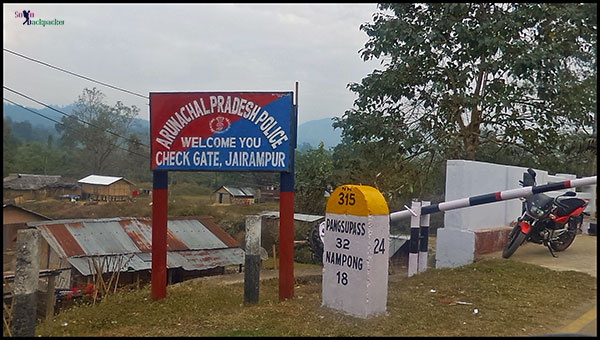
7 kms from Jairampur, there is a recently inaugurated World War II Cemetery. The cemetery was actually discovered many years ago, but its renovation was long pending due to the bureaucratic lethargy. In fact, when I reached the cemetery, it was due for the inauguration by the CM of Arunachal Pradesh on the next day.
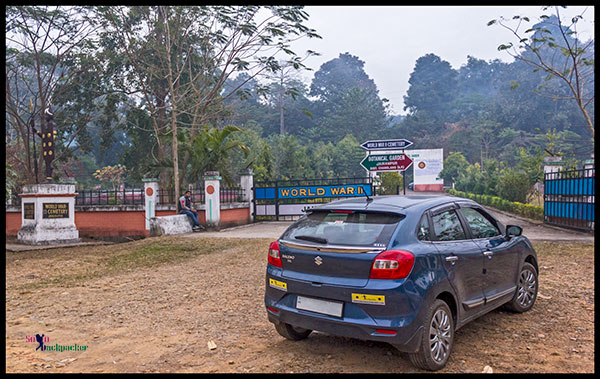
6. Nampong, Last Indian Village on the Stilwell Road: 20 kms from Jairampur , there is the last Indian village of Nampong on the Ledo Road. Nampong is significantly big and has many government and army offices. There is an inspection bungalow of PWD, where you can plan to stay in the night.
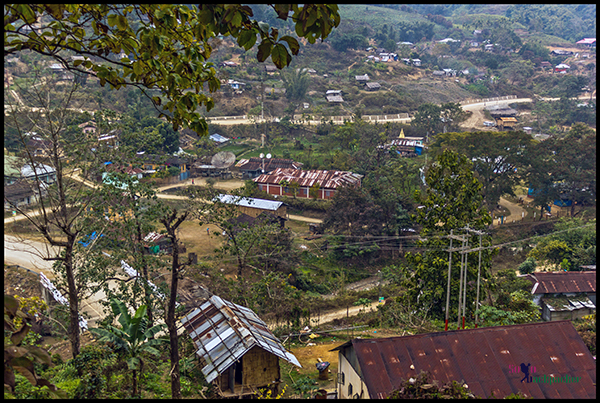
During my visit to Nampong, the preparation of Pangsau Pass Winter Festival was at full scale. Due to the upcoming festival, I couldn’t able to get any room at Inspection Bungalow. Since, the CM of Arunachal Pradesh was scheduled to visit Nampong on the next day to inaugurate the festival, all the rooms were occupied by the support staff and the organizers. I went to the SDO office to request for any alternate arrangement, but without any luck.
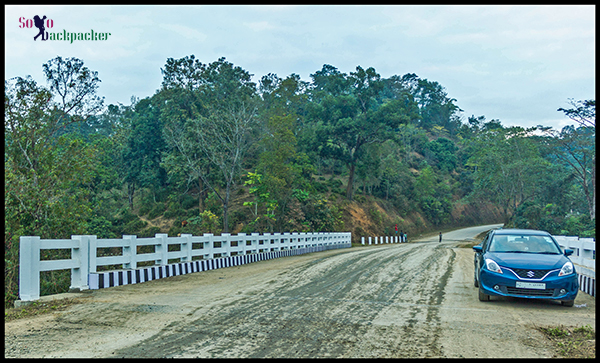
I had only two options, either get back to any nearby town to stay for the night and again travel to Nampong on the next day to get a permit to reach Pangsau Pass, or , just stay at a nearby town and move back to other places in Assam skipping Pangsau Pass. I tried to book a room at Jairampur, but all the government guest houses and two hotels were fully occupied. Finally, I managed to get a room at Jagun.
7. Pangsau Pass, The Hell Gate, India-Myanmar Border: I couldn’t reach to this place, but just 12 kms beyond Nampong lies the India-Myanmar Border at Pangsau Pass. If you manage to get a permit to travel beyond Nampong, then you can visit the Pangsau Pass, Pangsau Village and The Lake of No Return on the other side of the border.
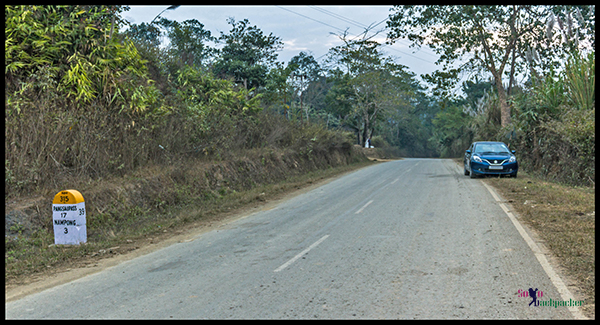
To travel beyond Nampong, permission is required from Sub Divisional Officer, Nampong. You get three copies of the permit, first copy to submit to Post Commander, Assam Rifles; second copy to submit to Post Commander, Myanmar Army at Pangsau Pass and third one to keep with yourself. No special permit, except ILP is required to visit Manmao or Miao villages in the vicinity of Nampong.
Every month on 10th, 20th and 30th, the border is normally open for the visitors from both side. An Indian visitor can go upto Pangsau Village in Myanmar and similarly, a citizen of Myanmar can visit Nampong village in India. Normally, it is an easy task to get permit on these dates. Also, during Pangsau Pass Winter Festival (normally on Jan 18, 19 and 20 every year), the border remains open for the visitors and the permit can be obtained from the checkpost at Jairampur or Nampong. But, a large crowd gathered at Nampong to celebrate the festival, so it is very difficut to get instant accommodation. Also, expect a large queue of vehiclualr traffic (2-3 kms long normally) during the festival.
Continued Legacy of Stilwell Road: During the World War II, the China-Burma-India (CBI) Theater was home to many Indians, Americans, British, Africans, Chinese, Burmese, Nepalese, Japanese etc, also including local tribal populations of Nagas, Garos, Chins, Kachins etc. Thus the whole area was actually a mingling pot of cultures during the World War II. The North East Region played a significant role in the world history. In that theater, the Ledo Road project was not only a road project, it was an important milestone in the history. It was a passion for the Americans, a hope for the Chinese and a lifeline for many people living on the both sides of the border in India and Myanmar. When Ledo Road was completed, it became one of the most ambitious project ever done by an army during the war time.
In the course of time, the Stilwell Road virtually disappeared in the dense forests and the history of CBI theater slowly faded away from the memories of the many people. I spoke to many colleagues, many frequent travellers, hardly few people has an idea of the legacy of Stilwell Road. North East India remained in a neglected condition for many years, so the stories of the Ledo Road. The ghost road is now renovated after many years of speculation and negligence. Across the borders, miles apart from each other in China, Myanmar and India; thousands of people use the Stilwell Road everyday, unaware of the legendary road project. The renovation of the Stilwell Road gives us a hope that the trade and tourism will provide an economic boost to the region, the stories will reappear in the memory of the people, the travellers will move from one place to another and the legacy of the Stilwell Road will continue forever.


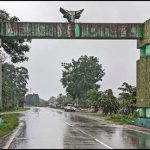
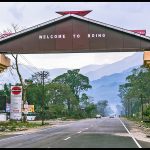

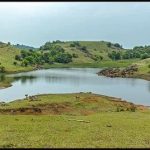

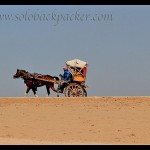
Nice post, bro! Planning to make a trip to Stillwell Road.
Please read the Book “ The Burma Road “ The Epic story of the China- Burma- India Theater in World War II by Donavan Webster.
This book is fascinating and give the whole background of Stillwell Road
Yes, It is a very nice read.
Enjoyed your post very much, which I was much younger, I would have done the same. Im trying to put together my father’s story. He only mentioned the “Stilwell Road” and would not tell me anything further, and now he is dead. So I’ve been combing through all sorts of publications to try to understand what he and the others must have gone through…..getting an idea of what the horrors were, no wonder no one wanted to talk about it.
NOW, do you think a healthy 79 year old female can do this road trip in a car? How long was you backpacking trip?
Hi, The Stilwell Road is in excellent condition upto India-Myanmar Border. It is very comfortable to do this trip in a car. You can plan for one week or so. Our trip was 10 days long, but we travelled to many other places in this area beyond the typical Stilwell Road.
Awesome post. It’s like travelling along with you through the journey with tales and legends of British era. Thank you for the beautiful post.
Awesome post. Glad to know about the history behind Stilwell road.
Thank you. Glad that you enjoyed it. 🙂
EPIC post! Loved the writing and the thoughts.
Hope to travel with you someday Avanish bhai
Visit again Bhai. Let’s go somewhere in the North East. 🙂